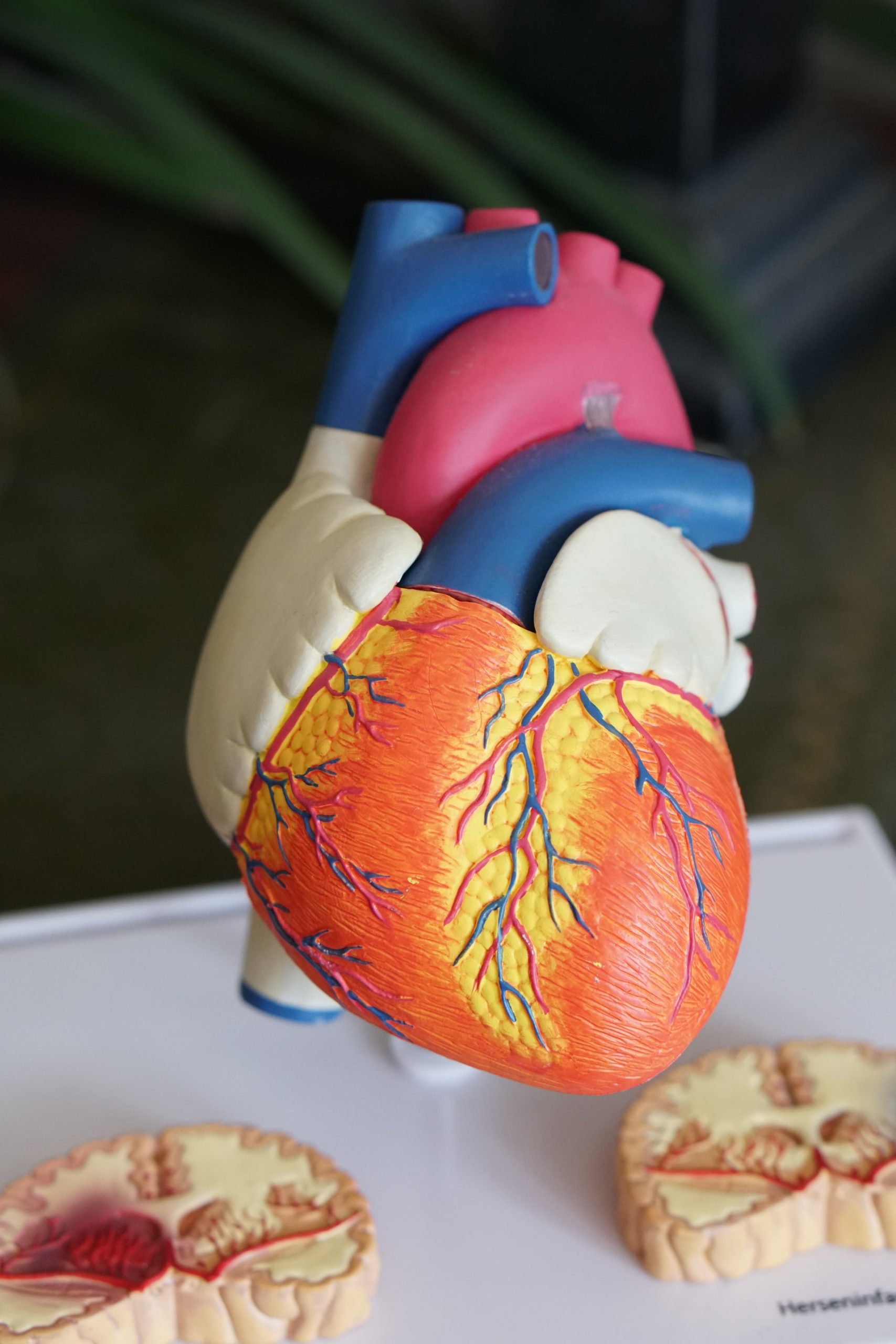“Metabolic Syndrome” is a relatively new term that is used to describe people who are at elevated risk for heart disease. As in many things, the definition varies depending on who is doing the defining, but the outcome is agreed upon by all concerned. Metabolic Syndrome is present in 50% of all people with coronary artery atherosclerosis and it is present in up to 25% of Americans. Its presence increases a person’s risk for having a heart attack by 2.5 times, plain and simple.
Various definitions of organizations with different points of view list the following as factors which, if present together, define a person with Metabolic Syndrome, and therefore a person who is at elevated risk for coronary artery disease and therefore at elevated risk for heart attack. What is not so clear (because none of these organizations are looking for it) is whether these people are also at risk for peripheral vascular disease (and therefore inadequate blood flow to the calves and feet) and atherosclerosis of the blood vessels of the head and neck (and therefore “cerebral encephalomalacia,” which means having multiple small areas of brain atrophy because of blood flow to those areas of the brain). Many people who have senile dementia do NOT have true Alzheimer’s Disease (which is a condition involving the deposition of abnormally-folded amyloid proteins in certain parts of the brain) but rather have this generalized brain atrophy secondary to inadequate blood flow to the brain.
The American Heart Association (which is, expectedly, more attentive to the heart than to the brain) defines Metabolic Syndrome as a combination of five factors: elevated blood pressure (over 130/85), elevated fasting sugar (over 100), elevated triglycerides (which are oils in the blood), reduced “good” HDL cholesterol (which means below 40) and a waist circumference over 40 inches for men and over 35 inches for women.
The International Diabetes Association defines Metabolic Syndrome as just the presence of the first four factors above with an elevation of the body mass index (weight in kilograms/ height in meters) of greater than 30.
The World Health Association defines Metabolic Syndrome to include BP over 140/90 instead of 130/85 as well as the presence of protein spilling over into the urine (which is a measure of kidney dysfunction secondary to chronically elevated blood sugars).
The European Group for the study of Insulin Resistance defines Metabolic Syndrome to include men with a waist circumference over 37 inches who also have an elevated blood insulin level during an glucose tolerance test (in which a patient comes in fasting, has a sugar and insulin level drawn then, and then drinks a defined glucose load and has his sugar and insulin levels drawn one hour and then again at two hours after the drink).
What all these definitions have in common is a process of confronting a man with a new facet of the reality that he already knows. He’s overweight (and almost always is not getting any regular exercise). If he has the other factors that define Metabolic Syndrome, he’s going to pay a price for that. If he has a family history of heart disease or diabetes or senile dementia, he better get Pete Pan to grow up. The party’s over, and either he’s going to shape up or he’s going to face the consequences of being Peter Pan. It’s too late to kick yourself once you’re flat on your back on a gurney in the Emergency Room or on a bed in the Coronary Care Unit. The interesting thing here is that a person’s total cholesterol level (or their “bad” LDL cholesterol level) is not on the list of any of these definitions. HDL cholesterol is a combination of a person’s genetics and their level of exercise; it may respond to medicines, but the real treatment for low HDL cholesterol is exercise. The weight and the waist circumference will take care of themselves once a man gets exercise unless he’s just eating too much.
We go back to the “tough love” message men need from their doctors: “JUST DO IT!” Half the people in America who have a heart attack die from their first heart attack. Senile dementia may be worse than having a heart attack and surviving it. Get the weight down and get the exercise you know you should be getting. Find a way to put yourself on the agenda; “on the day you die, your in-box won’t be empty.” Get past the excuses we all have. Just do it!




Comments are closed.